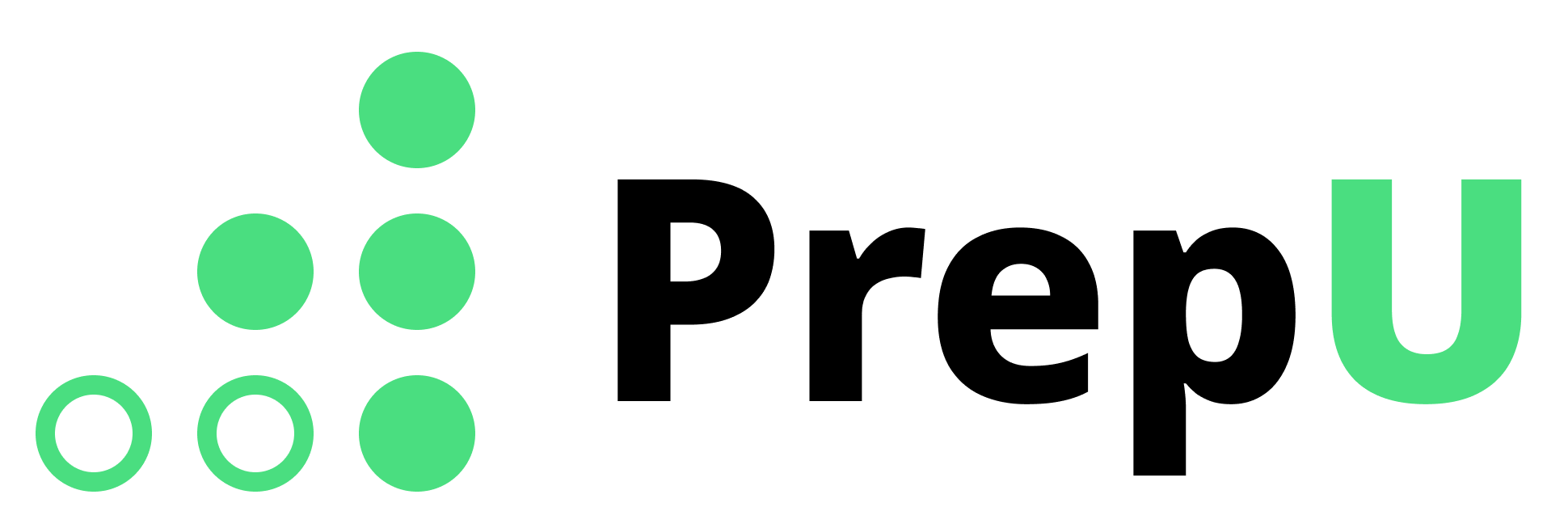Inference
Inference
How to Identify
On these problems, the question will always say exactly "Which choice most logically completes the text?", and you will notice that the passage ends with a blank.
Example Question
How to Approach
These questions ask you to choose the most reasonable conclusion to the passage, based on the information and flow of the passage leading up to the blank. Unlike many other questions where the answer must be directly supported by the text, the answers to these questions just need to line up with the direction the author seems to be going at the end of the passage. Like most Reading & Writing questions, you'll want to read the passage from the beginning, paying close attention to detail and summarizing each sentence in your head.
Pay special attention to transition words or phrases, or other phrases that give clues to the direction the argument is going. Words like "however", "therefore", "thus", "in other words", etc. can be very helpful in determining how the blank should relate to the text that comes before it.
Look For Transition Words and Phrases
Pay special attention to transition words or phrases, or other phrases that give clues to the direction the argument is going. Words like "however", "therefore", "thus", "in other words", or punctuation like colons can be very helpful in determining how the blank should relate to the text that comes before it.
Try to Come Up With Your Own Answer First
If you can based on the information and context leading up to the blank, try to see if you can come up with an ending of your own that you think would logically conclude what the author seems about to say. Hopefully you'll see an answer choice that looks similar to your own. If not, go one by one with process of elimination, plugging in each answer choice and seeing if it makes sense as a conclusion to the passage, based on the context and indicators of the direction the author seems to be going.
Common Wrong Answers
Stolen Language
Watch out for answers that try to make answers seem tempting by re-using specific words from the text. Make sure the answer choice makes logical sense as a conclusion to the passage.
Opposite of the correct answer
Particularly in passages where there is a change in direction (with words like "however", "previously", "now", etc.), you'll often see answers that are the opposite of the correct answer. These answers can look right because they might line up with information in the passage, so if you miss the context that the author is disagreeing or about to present a contrasting idea, you might be tempted to pick one of these.
Seems plausible
Watch out for answers that seem like they very well could be true, but don't flow logically from the text.
